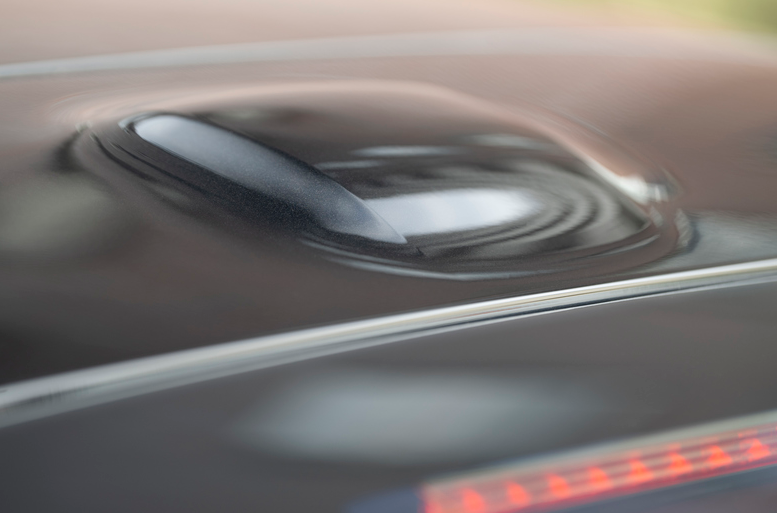STUTTGART/KARLSRUHE: The steering wheel moves as if by magic. Seemingly on its own, the car follows the vehicle in front, maintaining the correct distance.
But at work is neither Harry Potter nor any other kind of magic, but rather a series of driver assistance systems. These systems rely on sensors that meticulously measure the vehicle’s surroundings.
Quite a few sensors of various kinds are used in the new Mercedes-Benz S-Class, which has a Drive Pilot assistant that enables the car to travel autonomously on highways at speeds of up to 60 km/h.
"Only when the external conditions are met does the car take control," says Gregor Kugelmann, who heads driver assistance systems development at Mercedes-Benz.

One of the sensors is the stereo camera. That comes close to the human eye, says Professor Christoph Stiller of the Institute of Measurement and Control Technology at the Karlsruhe Institute of Technology (KIT) in Germany.
The camera essentially sees what humans see, including lane markings, traffic lights, and information signs. The disadvantage is that a stereo camera cannot see very far ahead — its maximum range is 80 metres, which is not much when driving fast.
So for all-around vision, vehicles need more than just cameras. Radar systems are better at long-distance vision, but, Stiller says, they can't detect the colour of traffic lights, road signs or lane markings.

Radar is useful for distance control systems. "A radar can measure speeds very well and is ideal for detecting moving objects," says Professor Markus Lienkamp from the Department of Automotive Engineering at the Technical University of Munich (TMU) in Germany.
Then there’s lidar. Unlike radar, such systems do not emit microwaves, but rather focused laser beams. This enables a lidar sensor to scan individual points in the environment.
It then measures the time between transmission and reception, and uses this to calculate the distance to the object.
Lidar systems compile an image with around 1 million pixels per second using these data points. This 3D point cloud represents the environment around the vehicle with higher resolution than a radar image.
As a result, it can map complex objects and distinguish a pedestrian from a car, for example.
A lidar sensor only recognises lane markings to a limited extent based on the reflections it receives back and traffic light colours not at all.
"A major advantage is the early detection of pedestrians, which, unlike cars or two-wheeled vehicles, offer little metal for reflection, as required by a radar," Stiller says.
Each type of sensor therefore offers advantages and disadvantages. But if they are combined, they make autonomous driving possible.

In the Mercedes S-Class, a lidar sensor is located in the front to produce a 3D environment display, along with a radar for distance and speed measurement.
A stereo camera in the windshield provides optical image capture while another camera in the cockpit watches the driver to make sure they don’t fall asleep.
In the wheel well, a sensor listens to detect whether the road is wet or not — in heavy rain, the driver has to take over. And on the roof, a sensitive antenna relays the car’s exact position, which is compared with high-resolution maps.
For close range, ultrasonic sensors detect if anyone is near the car such as playing children. A camera in the rear window and microphones detect blue lights and emergency vehicles so that the car can automatically move out of their way.

In December 2021, Mercedes-Benz received approval from the German Federal Motor Transport Authority for the Drive Pilot assistant system and charges an additional €5,950 (RM28,620) for drivers who want to have it in their car.
The system is rated as Level 3 in the five-level classification of automated driving functions with Level 4 being fully automated driving.
The same sensors would be used for Level 4, but the algorithms and software would need to be upgraded, Lienkamp says.












